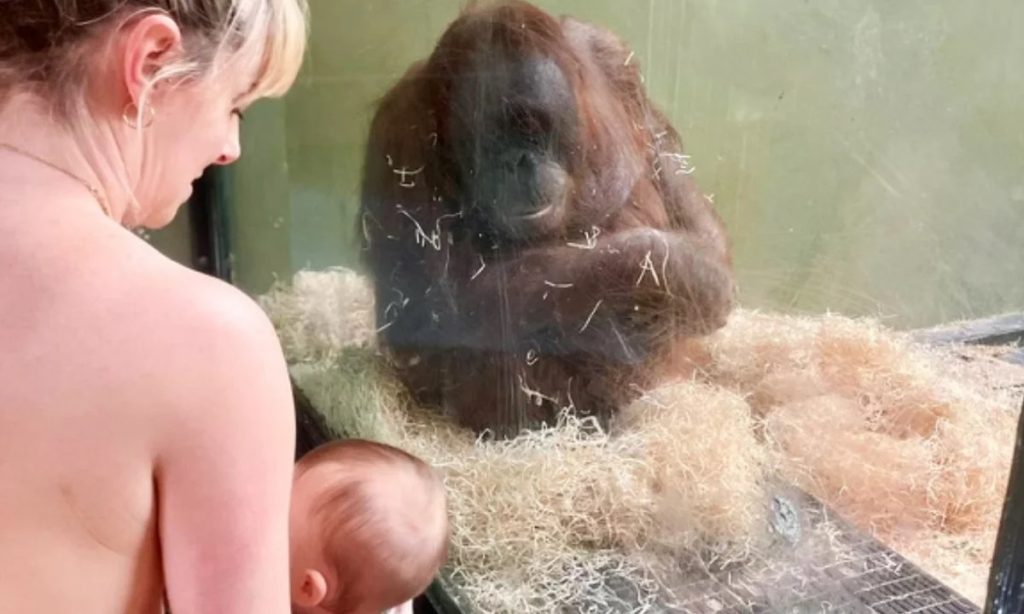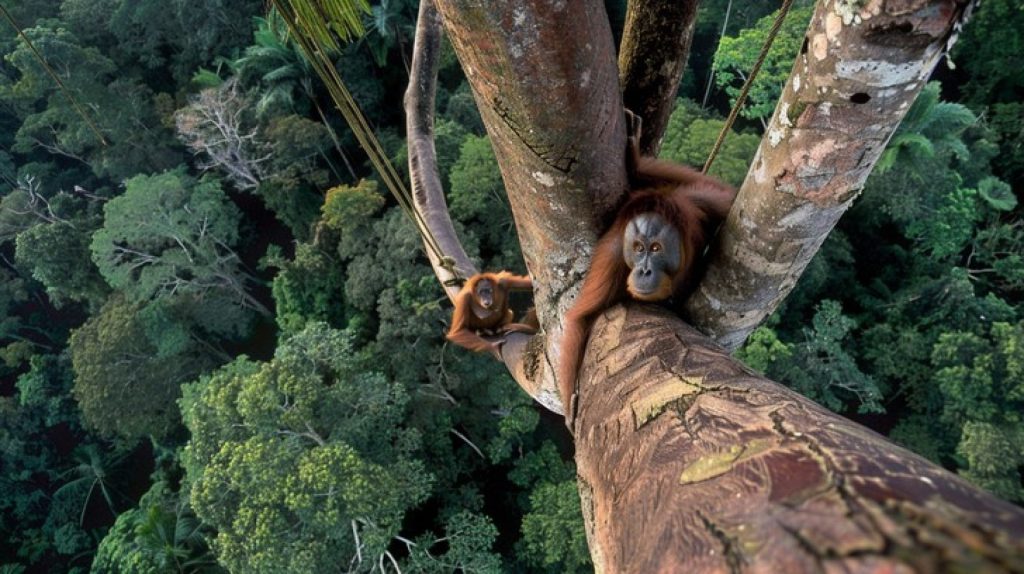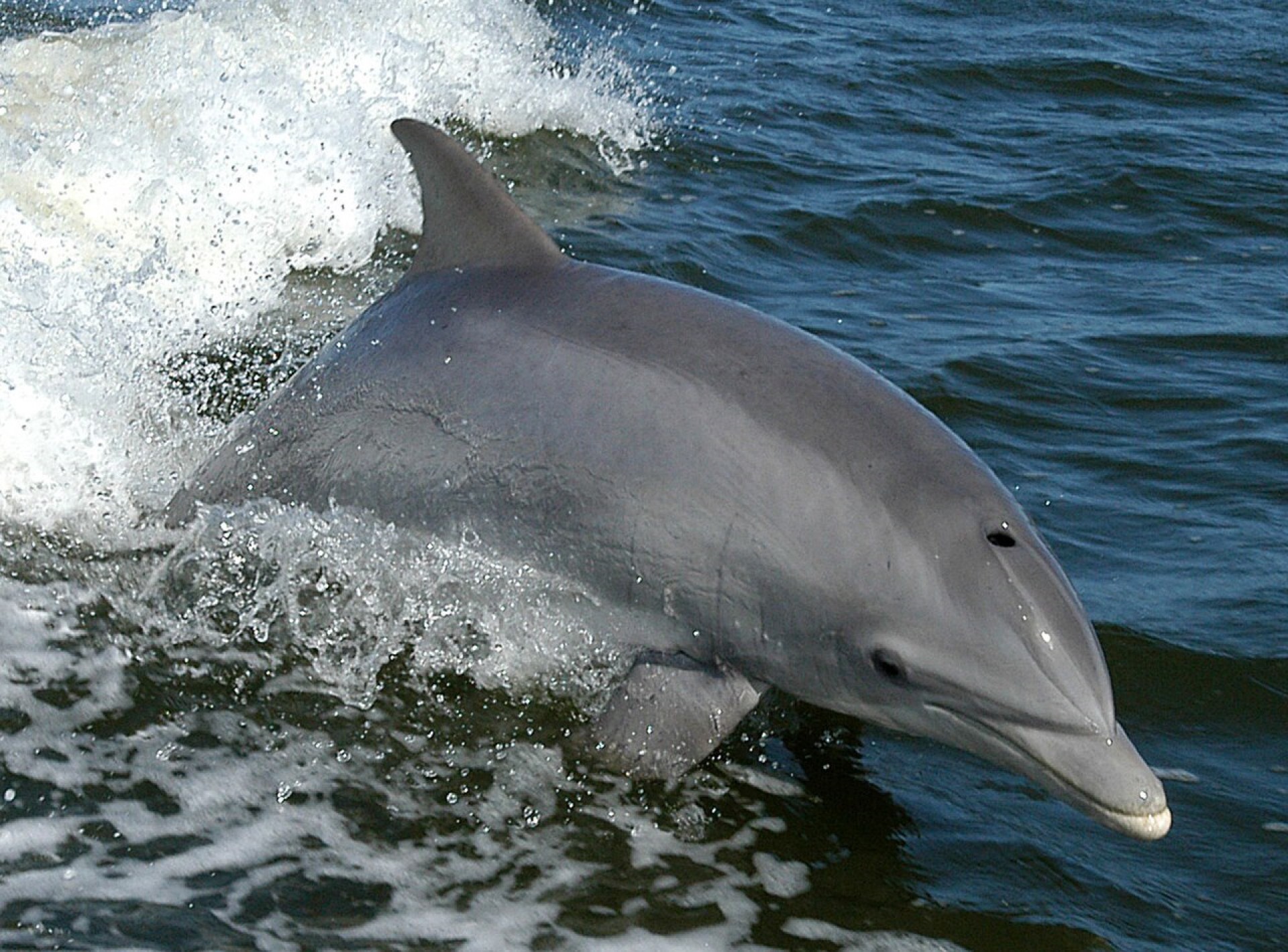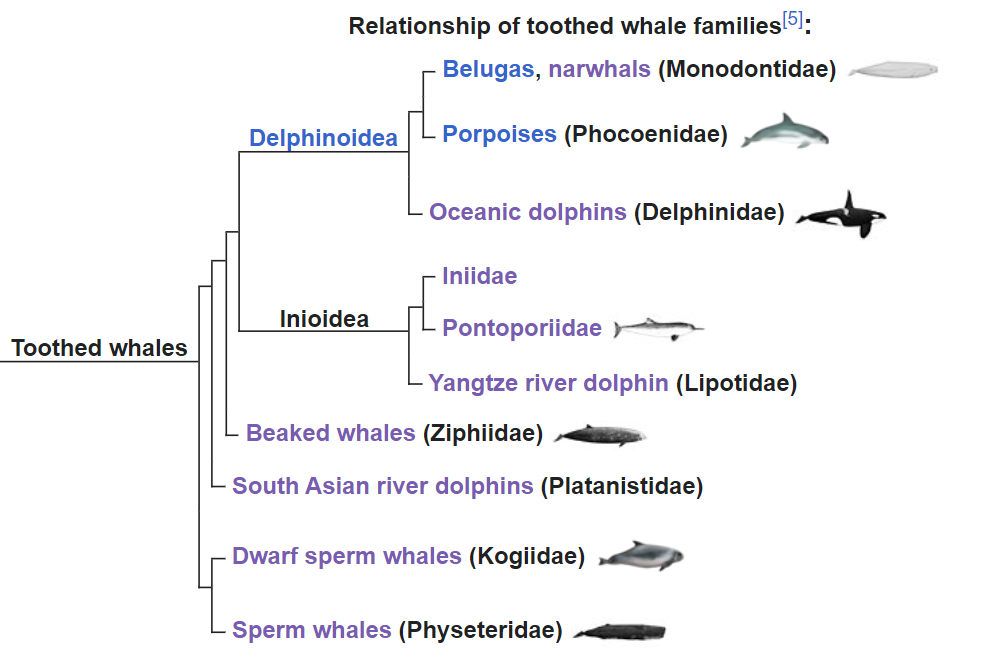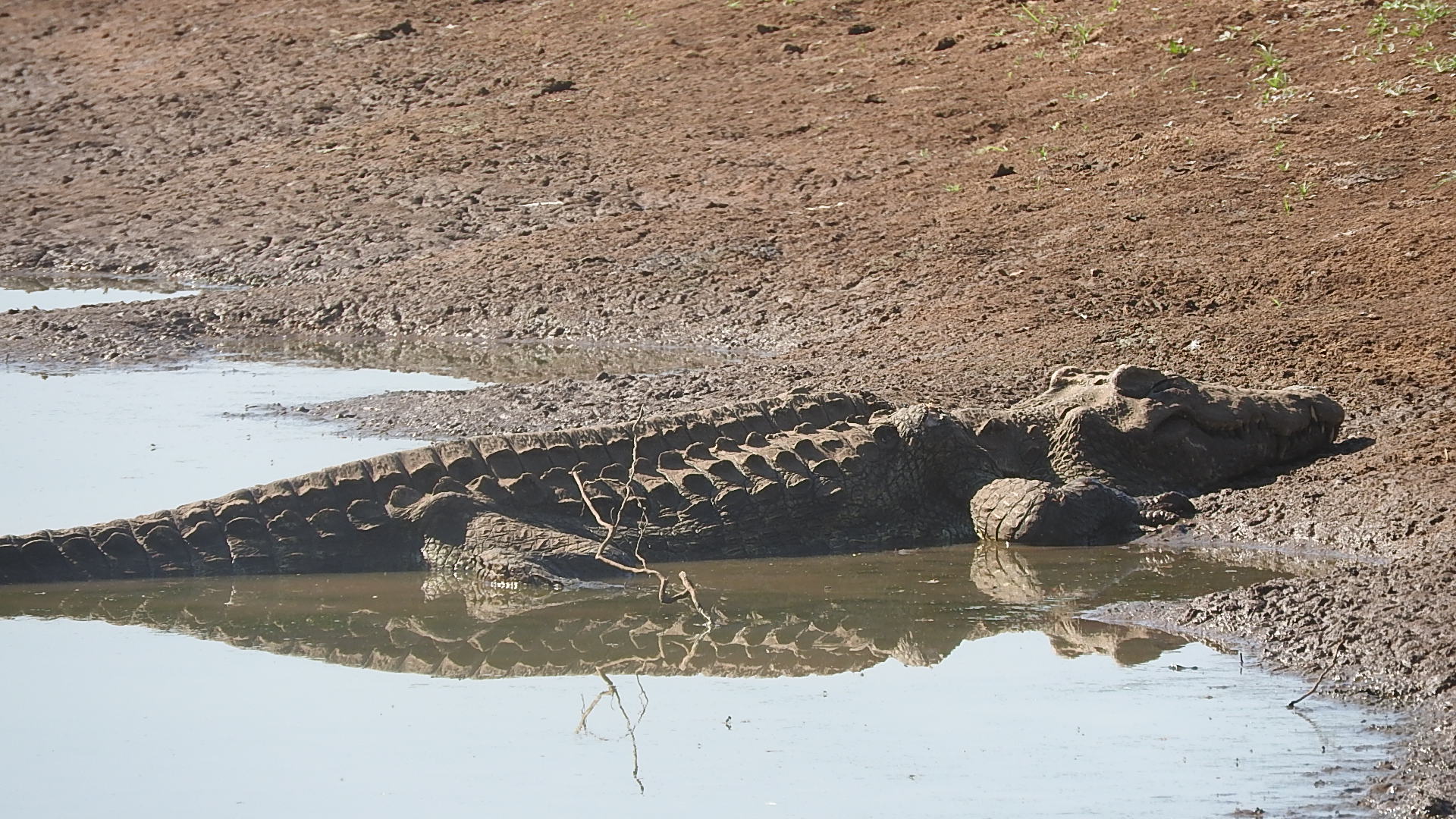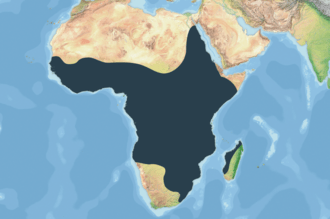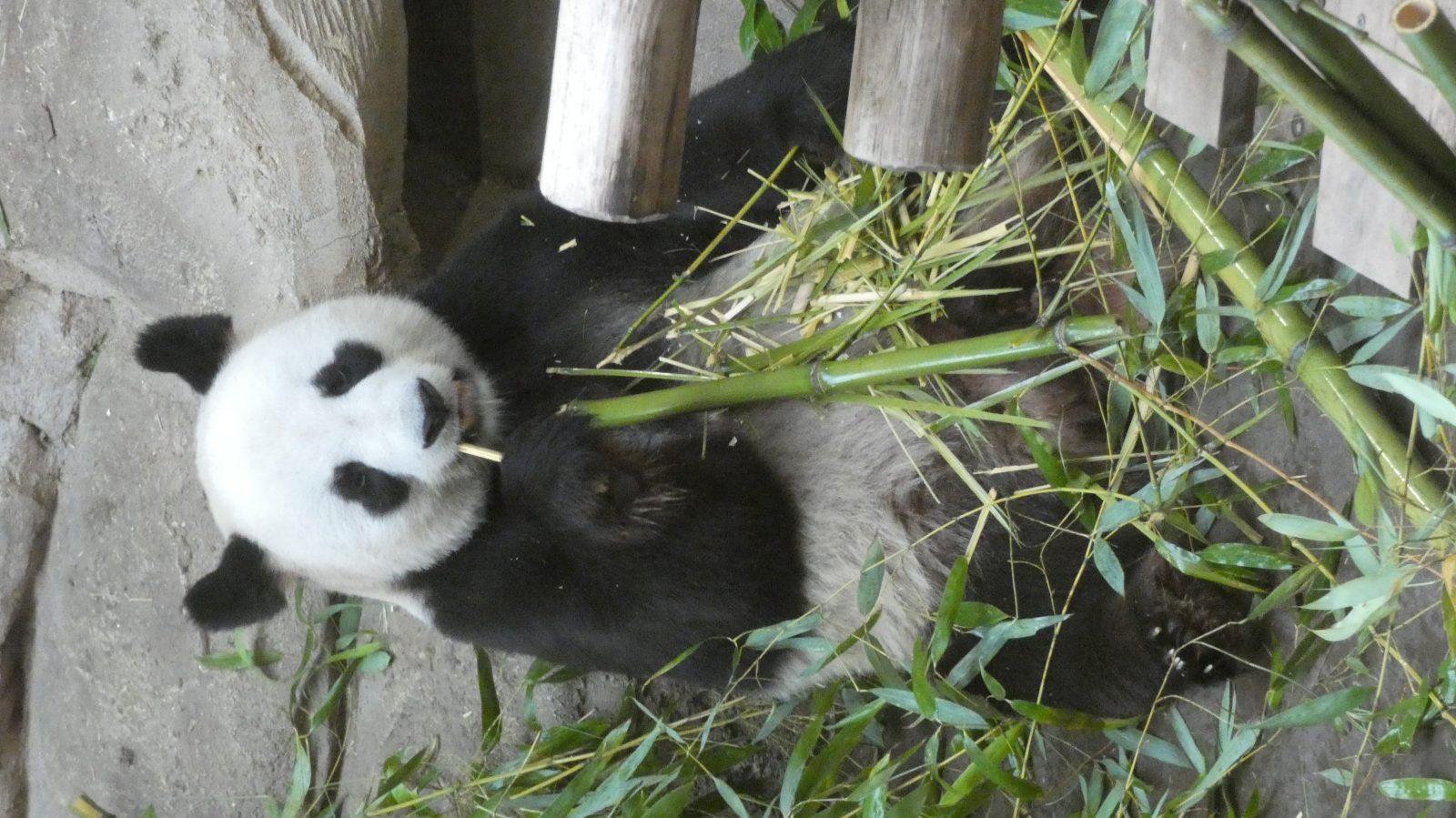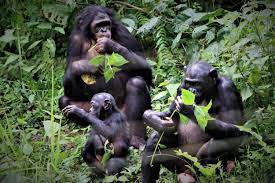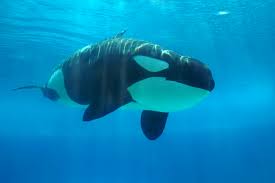
The Southern resident killer whale population is on the brink of extinction, but it seems, not for the reason that people thought.
Found along the coast of Washington, Oregon, California, and British Columbia, this population is thought to number just 75, but births are rare, and often end in sadness. 2 calves have been born in the last 2 years, but both have died young. This year, the mother was seen carrying her dead infant for some time (draped across her snout).
It is thought that this population is in danger as a result of a collapse in the Chinook salmon which is an essential part of their diet. However, this theory is defeated, when we look at the Northern resident killer whale population, and notice that they appear to have less access to the salmon. There is lots of shipping noise in their home, which may mean that they are incapable of communicating, which would impact their ability to hunt,
It is true that the origins of their decline lie around 120 years ago, when blackfish (orca as they were then called) were both slaughtered and captured for marine parks. The population on stopped falling fast when Canada banned capture. So is this just the straw that broke the camels back?
Why do captive orca have drooping fins?
Drooping dorsal fins are occasionally seen in the wild, so the split is not totally solid, but it is true, that while most captive orca eventually have a drooping dorsal fin, this is a far rarer site in the wild (while not being unheard of).
The fin is supported by a tough protein called callagen, and it has been suggested that with captive orca spending more time at the surface, the higher temperature from the sun may degrade the protein.
Tahlequah has given birth again (famous for carrying her first calf after it died)
Tahlequah carried a former calf for 17 days after it died, and for more than 1000 miles. This means it is rather lovely to see that she has had another calf. However, the calf has already been observed being pushed by the mother and does not look healthy. The mother is very experienced, so it is hoped that she can succeed, but time will tell. This mother is part of the Southern resident population which i mentioned above, which is small and with few births in recent years. It is therefore very concerning to find that 2 related calves died so close together.
A new video shows a mother orca teaching her calves how to hunt
I should say, that the article I read suggested this was the first time that it had been seen, but the below clip is from several years ago. Even so, it is fascinating to see a mother actively teaching her offspring how to hunt/
Orca have been seen, for the first time off Chile, hunting dolphins
As can be seen from the video above, orca are known to hunt and eat dolphins in various places around the world. However, this behaviour has never been seen in this population, so they had to work out how to do it for themselves. While in the past they have been filmed eating sea lions (and using local boats to hide their approach), they have now been filmed hunting dusky dolphins.
The study was looking at the eating habits of orcas in the southern hemisphere, so as to be able to conserve them more effectively. It suggests that Chile Orca are turning to these food-sources. While Orca have been filmed harrasing or even killing porpoises and dolphins, this is the first time that they have been filmed eating them.
Orca facing uncertain future as the marine zoo shuts
Marineland Antibese near Cannes France, is shutting, after the French government brought in more strict rules of their care. The law was passed in 2021, but comes into force in 2026. It is thought that 90% of the visitors come to see the killer whales and other dolphins, so without them they are not viable.
It is unclear as to what will happen with the Orca. They are from Icelandic waters, but having spent so much time in captivity, would not be able to look after themselves in the wild. A deal had been made to send them to a Japanese park, but there was outcry as their treatment would be worse, so the French government blocked it. There is another zoo in the Canary islands. A facility in Eastern Canada has suggested netting off around 40 hectares of a sea bay for them, where they could live out their lives, in relative comfort, and yet still be looked after by a team of vets and other carers.
Something similar has happened before. Keiko was the orca from the film Free Willy, and was rescued from captivity in 1996 and released into a similar bay in Iceland in 1998. Having spent more time in the wild, though he was able to relearn some skills and in 2002 he left with some wild orca. He swam to Norway, but unfortunately died from an infection in 2003.

